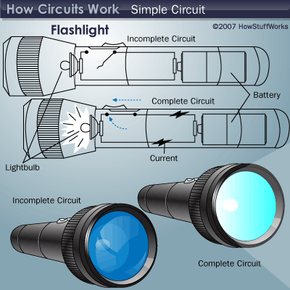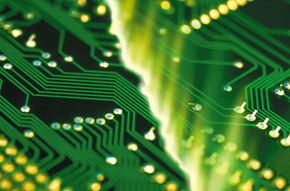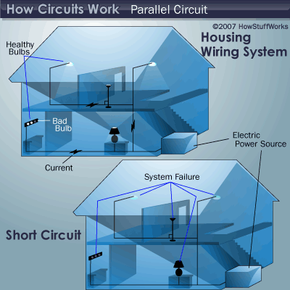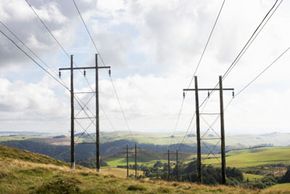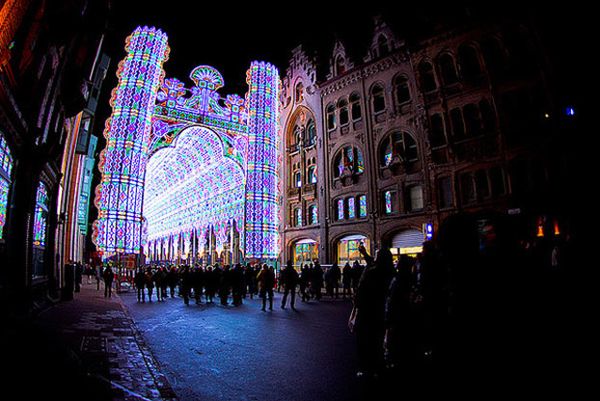Have you ever wondered what happens when you flip a switch to turn on a light[, TV, vacuum cleaner or computer? What does flipping that switch accomplish? In all of these cases, you are completing an electric circuit, allowing a current, or flow of electrons, through the wires.
An electric circuit is in many ways similar to your circulatory system. Your blood vessels, arteries, veins and capillaries are like the wires in a circuit. The blood vessels carry the flow of blood through your body. The wires in a circuit carry the electric current to various parts of an electrical or electronic system.
Advertisement
Your heart is the pump that drives the blood circulation in the body. It provides the force or pressure for blood to circulate. The blood circulating through the body supplies various organs, like your muscles, brain and digestive system. A battery or generator produces voltage -- the force that drives current through the circuit.
Take the simple case of an electric light. Two wires connect to the light. For electrons to do their job in producing light, there must be a complete circuit so they can flow through the light bulb and then back out.
The diagram above shows a simple circuit of a flashlight with a battery at one end and a flashlight bulb at the other end. When the switch is off, a complete circuit will not exist, and there will be no current. When the switch is on, there will be a complete circuit and a flow of current resulting in the flashbulb emitting light.
Circuits can be huge power systems transmitting megawatts of power over a thousand miles -- or tiny microelectronic chips containing millions of transistors. This extraordinary shrinkage of electronic circuits made desktop computers possible. The new frontier promises to be nanoelectronic circuits with device sizes in the nanometers (one-billionth of a meter).
In this article, we'll learn about the two basic types of electric circuits:
- Power circuits transfer and control large amounts of electricity. Examples are power lines and residential and business wiring systems. The major components of power circuits are generators at one end and lighting systems, heating systems or household appliances at the other end. In between are power lines, transformers and circuit breakers.
- Electronic circuits process and transmit information. Think computers, radios, TVs, radars and cell phones.
